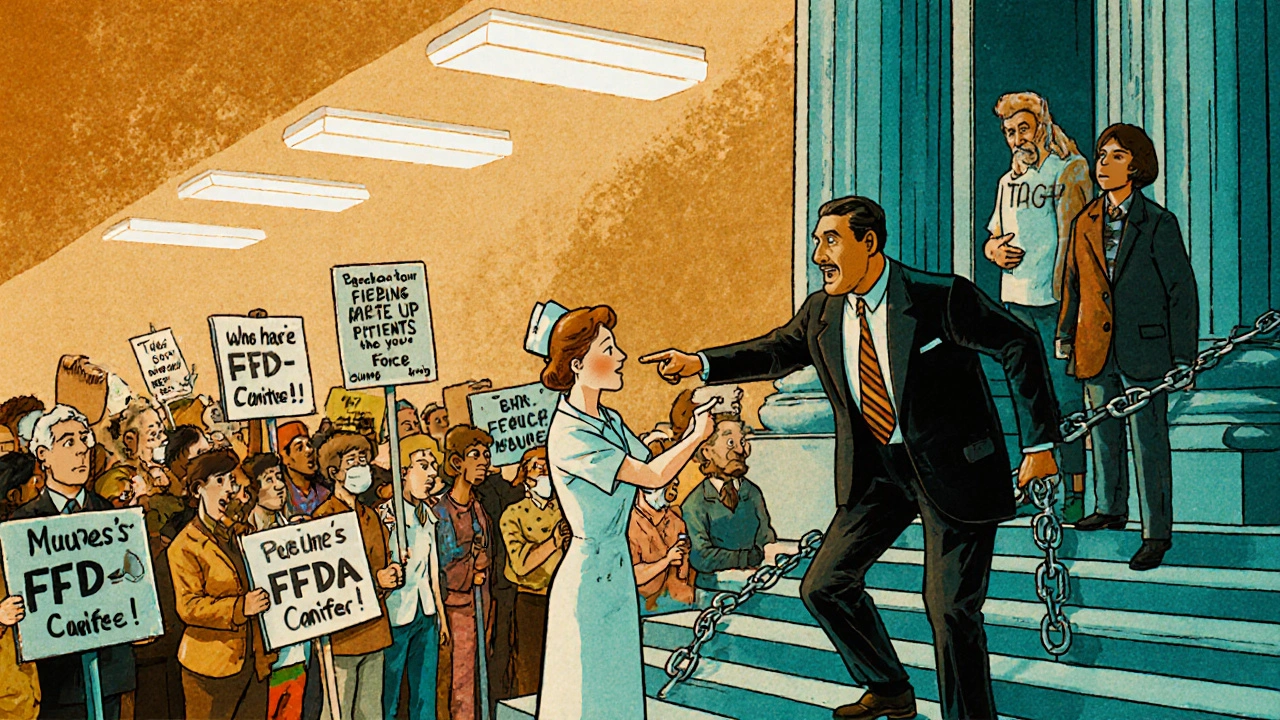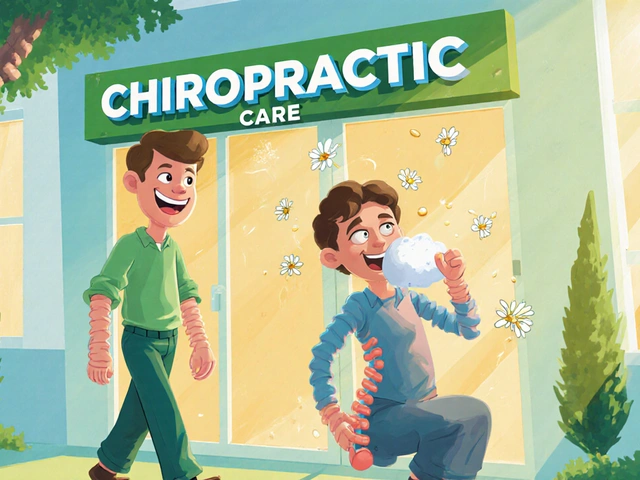Antiretroviral Therapy: What It Is, How It Works, and What Options Exist
When you hear antiretroviral therapy, a combination of drugs that blocks HIV from copying itself in the body. Also known as ART, it’s the standard treatment for HIV infection and has turned what was once a death sentence into a manageable chronic condition. This isn’t just one drug—it’s a system. Most people take three or more medications from different classes, each attacking HIV at a different stage of its life cycle. Without this combo, the virus quickly mutates and resists single drugs. That’s why antiretroviral therapy isn’t optional—it’s the backbone of modern HIV care.
One of the most common combinations you’ll see in the posts below is Combivir, a fixed-dose pill containing lamivudine and zidovudine, two nucleoside reverse transcriptase inhibitors. It was a game-changer in the late 90s and early 2000s, but today, newer drugs like tenofovir and dolutegravir have mostly taken its place because they’re easier on the body and have fewer long-term side effects. Still, Combivir shows up in discussions because it’s part of the history of HIV treatment, and some people still use it, especially where cost or access limits options. You’ll also find posts comparing other antiretrovirals, medications grouped by how they interfere with HIV replication. These include protease inhibitors, integrase inhibitors, and non-nucleoside reverse transcriptase inhibitors—each with different side effects, dosing schedules, and interactions. What matters most isn’t the brand name but whether the combo keeps the virus undetectable. When HIV is undetectable, it’s untransmittable. That’s the goal of every antiretroviral therapy plan.
People on antiretroviral therapy aren’t just taking pills—they’re managing their whole health. Some struggle with nausea, fatigue, or long-term issues like bone thinning or kidney stress. That’s why posts here also cover HIV medication alternatives, options that offer similar results with fewer side effects or simpler regimens. You’ll see how newer drugs reduce pill burden, lower the risk of drug interactions, and even improve mental health outcomes by reducing stigma. There’s also a focus on real-world issues: switching pharmacies, buying generics safely, and handling side effects with natural support. This isn’t just science—it’s daily life.
What you’ll find in the posts below isn’t theory. It’s practical, up-to-date comparisons. Someone wondering if Combivir still makes sense today. Someone weighing cost versus convenience. Someone looking for safer options after years on older drugs. These aren’t abstract medical concepts—they’re decisions real people make every day. Whether you’re newly diagnosed, switching treatments, or helping someone else navigate care, the information here cuts through the noise. No fluff. Just what works, what doesn’t, and what you need to know next.

Zidovudine and How Patient Advocacy Changed HIV Treatment
Zidovudine was the first HIV drug that saved lives-but it was patient advocacy that made it accessible, affordable, and humane. This is how activism transformed HIV treatment forever.
Read More




